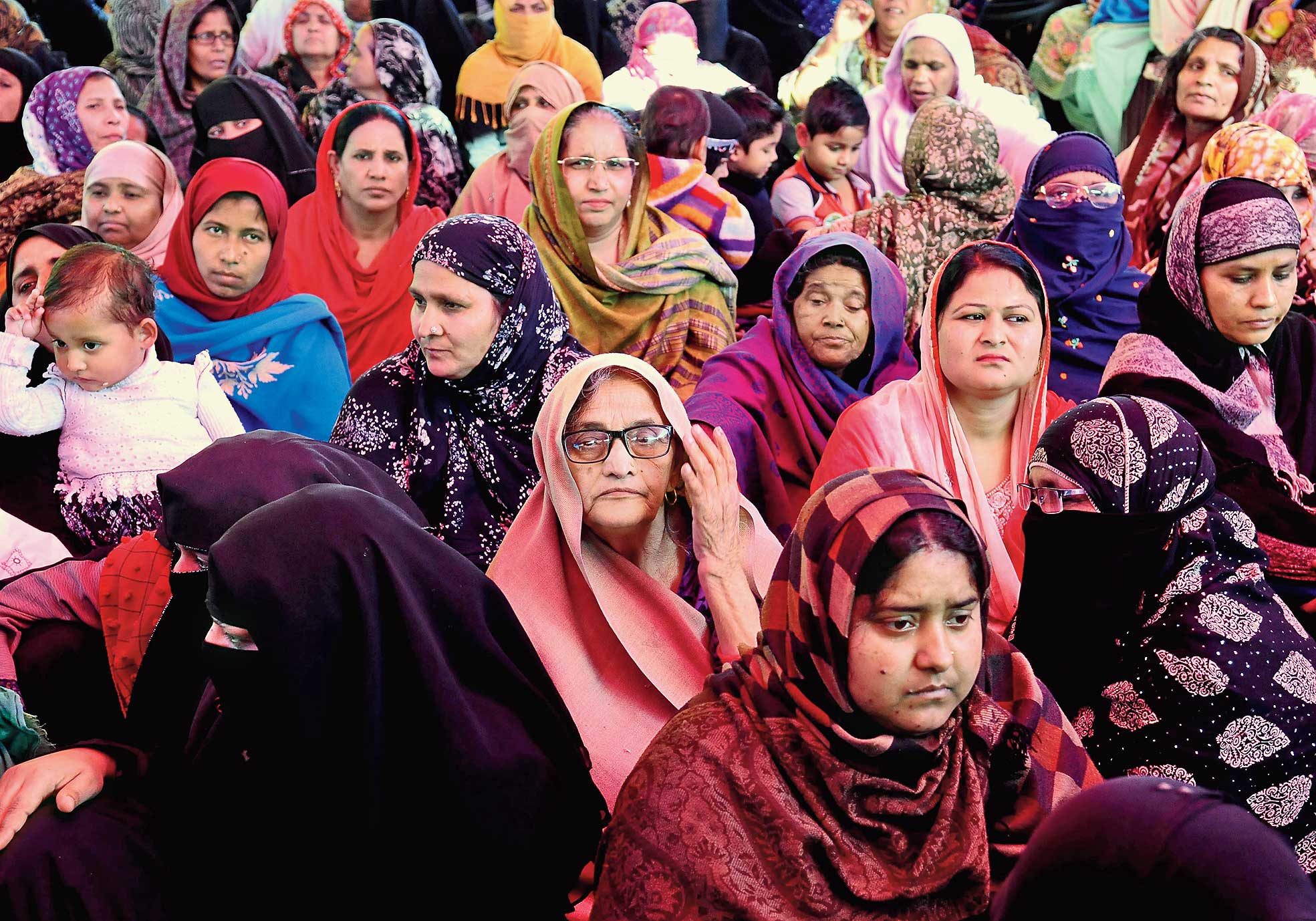The Supreme Court on Monday appointed a committee headed by senior advocate Sanjay Hegde to talk to the protesters of Shaheen Bagh, who are on dharna on a Delhi road for the past two months, and see if they would be willing to move their sit-in against the new citizenship matrix to another location.
The committee, which also includes former central information commissioner Wajahat Habibullah and advocate Sadhna Ramachandran, has been given a week to hold the discussions and file a status report.
The bench of Justices Sanjay Kishan Kaul and K.M. Joseph, which was hearing petitions to evict the protesters and allow free flow of traffic, said: “It is important to allow people to protest…. The right to protest is recognised the world over, more particularly in India. There is a fundamental right to assemble peacefully to protest.”
However, it added: “The question which is arising is where to protest.” The blockade of a “public road is troubling us”, the bench said. “If everybody starts blocking roads even when they have genuine grievances, where will that take us?” Justice Kaul, who was heading the bench, asked.
The court asked solicitor-general Tushar Mehta, appearing for the Centre, to suggest alternative sites for the sit-in, to which he responded: “It is unfortunate that we have to make designated area for protests like Jantar Mantar. There are so many professional protesters.”
Thousands of women from the Shaheen Bagh neighbourhood have spent over 60 days and nights on the road through Delhi’s harshest winter in a hundred years, repeatedly appealing to Prime Minister Narendra Modi to hear them out.
When the bench asked Hegde to talk to the protesters, Mehta said: “I don’t want a message to go out that our institution is leaning before them. I don’t want the message to be that we’ve been brought to our knees.”
The court, however, said: “We want to solve the problem and we have expressed our opinion. If nothing works, we will leave it to the authorities to deal with the situation.” It continued: “It is not a pleasant task which we have taken upon ourselves. It should have been done by the executive.”
Asked by the bench to act as interlocutor, Hegde, who was in the court for some other matter, said he would be glad to assist the retired apex court judge, Justice Kurian Joseph, on this. Mehta objected, saying a former judge of the Supreme Court should not be asked to persuade protesters.
Mehta said the solution was to remove the protesters. The sit-in was causing severe hardship to commuters all over the capital, he said, adding that even ambulances were not being allowed. The solicitor-general alleged that women and children were being used as shields.
The protest at Shaheen Bagh is driven by women, many of whom are accompanied by their young children.
“We have been trying to reach out but the entire city has been held a hostage under the garb of protests,” Mehta said.
The petitions against the sit-in were filed by advocate Amit Sahni and activist Nand Kishore Garg.
Wajahat Habibullah and Bhim Army chief Chandrashekar Azad had filed intervention applications supporting the protesters’ fundamental right to carry out their programme peacefully. Their counsel refuted Mehta’s submission and said ambulances and all medical services were being allowed free access.
Justice Kaul adjourned the matter to February 24.











